Rediscovering Ajanta
Rediscovering Ajanta
Rediscovering Ajanta
Rediscovering Ajanta
2nd century BCE to 1st century CE
Murals are painted at the earliest caves under the patronage of the Satavahana Dynasty. The caves lie dormant when the Satavahana dynasty declines.
Early 5th century
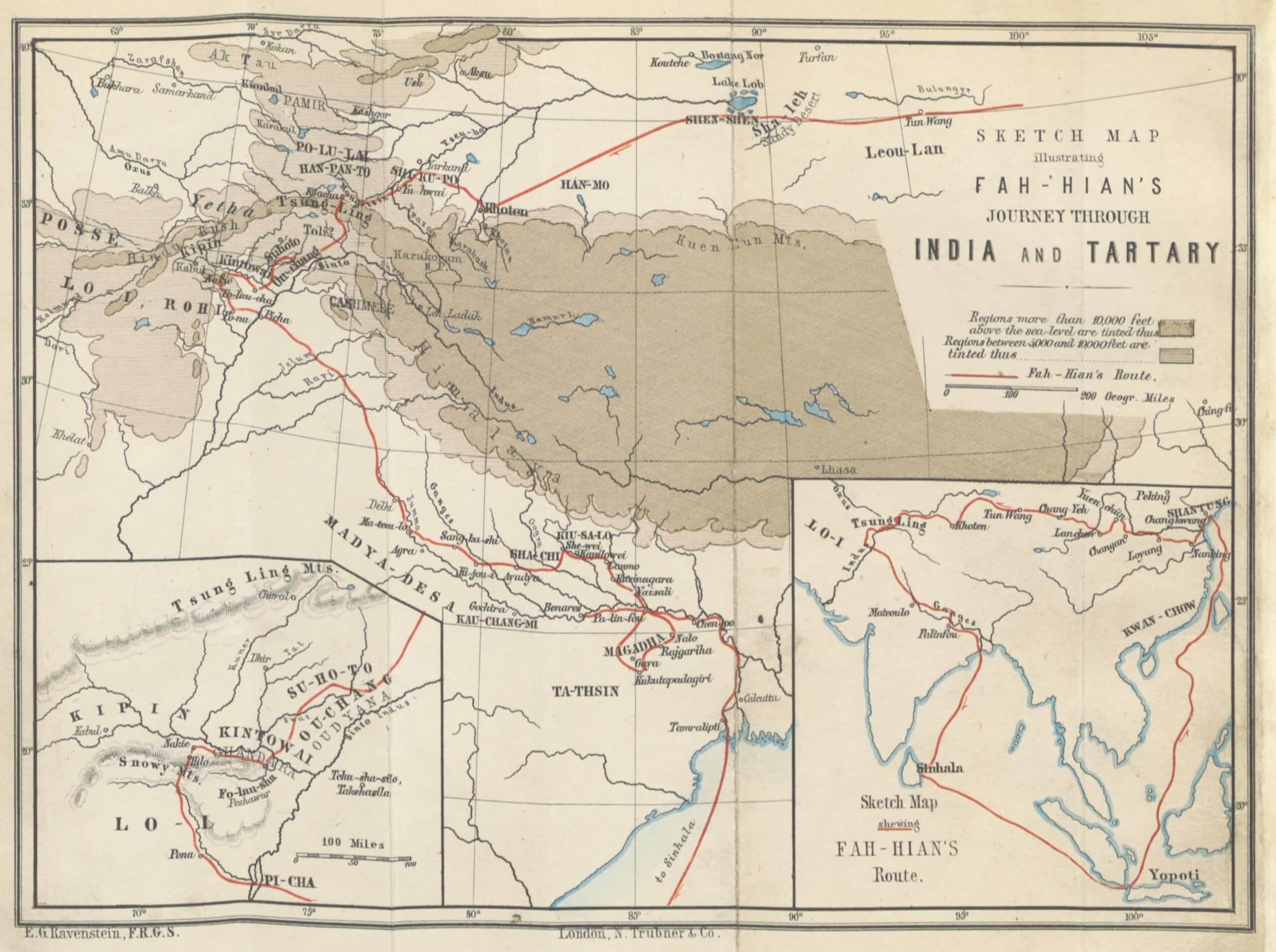
The early caves painted under the Satavahanas are frequented by Buddhist pilgrims, according to the Chinese traveller Fa Hien.
460 CE to 477 CE
During the reign of Harisena, of the Vakataka dynasty, murals are painted at Ajanta once again.
Early 17th century
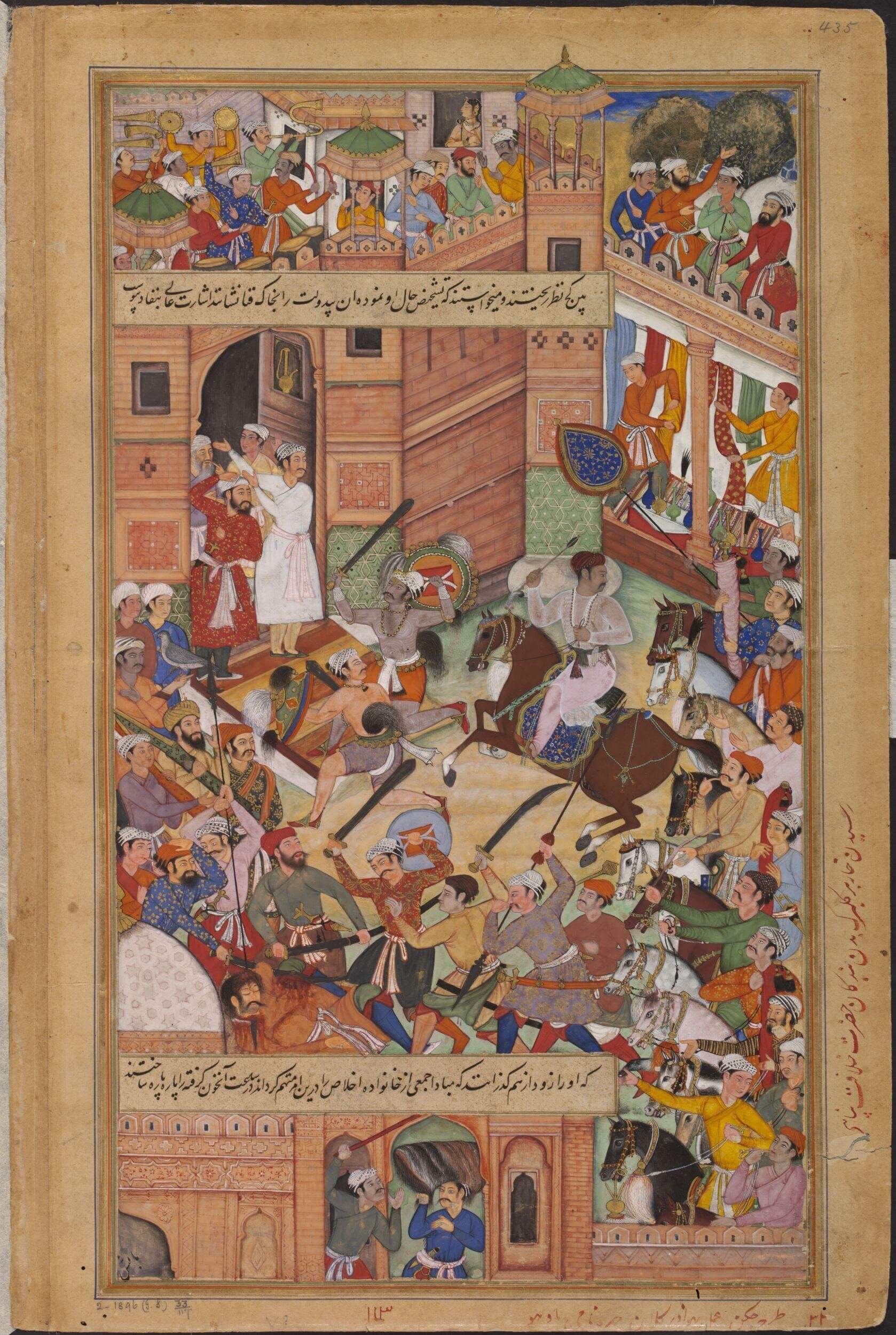
Abul Fazl notes the location of the Ajanta caves in Akbarnama. He also mentions that the caves lay in close proximity to the territories of two Rajput landowners named Medini Rao and Kamdeo.
1819
British officer John Smith accidently discovers the Ajanta caves while hunting a tiger.
1822
A paper on the Ajanta caves by Scottish historian, William Erskine, is read to the Bombay Literary Society.
1844
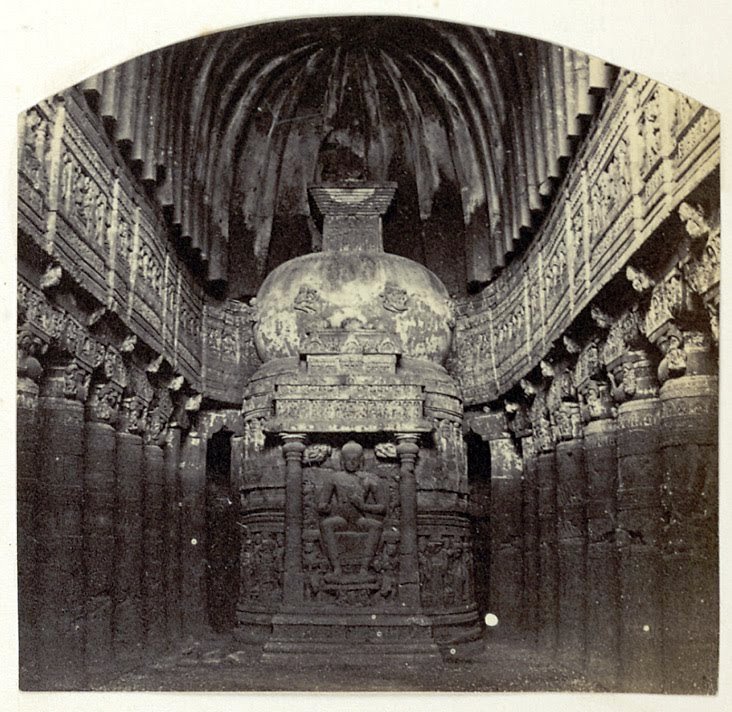
The Royal Asiatic Society alerts East India Company about the neglect of the Ajanta Cave paintings. The responsibility falls on Major Robert Gill, of the Madras Army, to make copies of murals and draw layouts of caves.
1866
The Crystal Palace, London, exhibits Major Gill's copies of Ajanta paintings. Unfortunately, a fire breaks out at the venue and destroys 23 out of the 27 canvases. After the fire, interest in another attempt to copy the paintings grow.
Unfortunately, a fire breaks out at the venue and destroys 23 out of the 27 canvases. After the fire, interest in another attempt to copy the paintings grow.
1872

Following Major Gill’s footsteps, John Griffiths works with students of Sir J. J. School of Art (Mumbai) to copy the murals at Ajanta. This becomes a large project which produces more than 200 paintings over thirteen years at a cost of ₤30,000.
1885
In an unfortunate twist of fate, over one hundred copies, made by John Griffiths and students at the art school, perish in a fire at South Kensington Museum. However, more than two hundred remain in the collection of the Victoria and Albert Museum in London.
1905
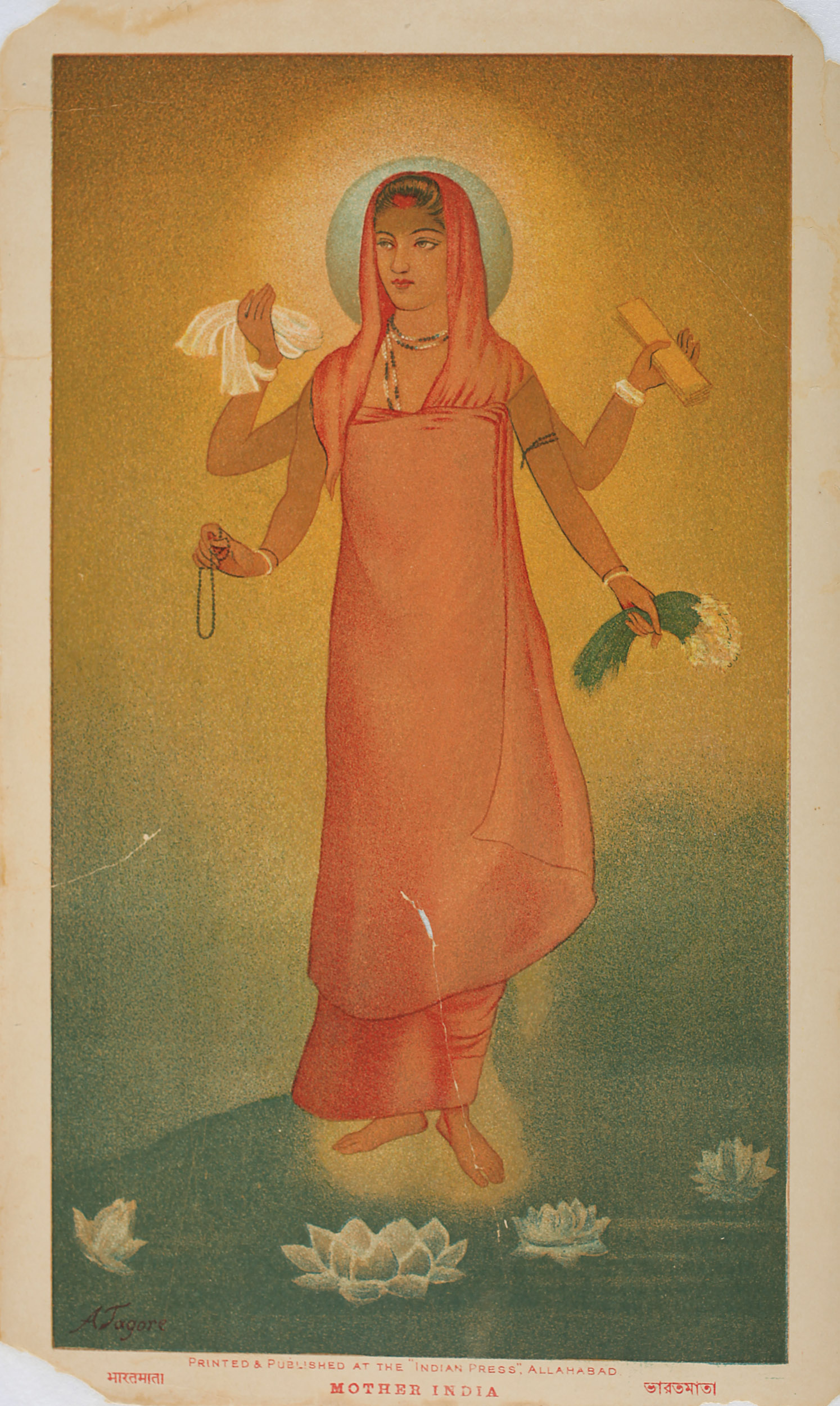
Abanindranath Tagore paints Bharat Mata. It is heavily inspired by the aesthetics of the Ajanta style of painting. Later artists of the Bengal School, emulate this style as well, especially after they visit Ajanta.
1907
Painter and art enthusiast, Lady Christina Herringham, comes to India with her husband. On visiting Ajanta, Lady Herringham is troubled by the decaying state of the murals and decides to return to India in 1909 to make copies of the murals.
1909
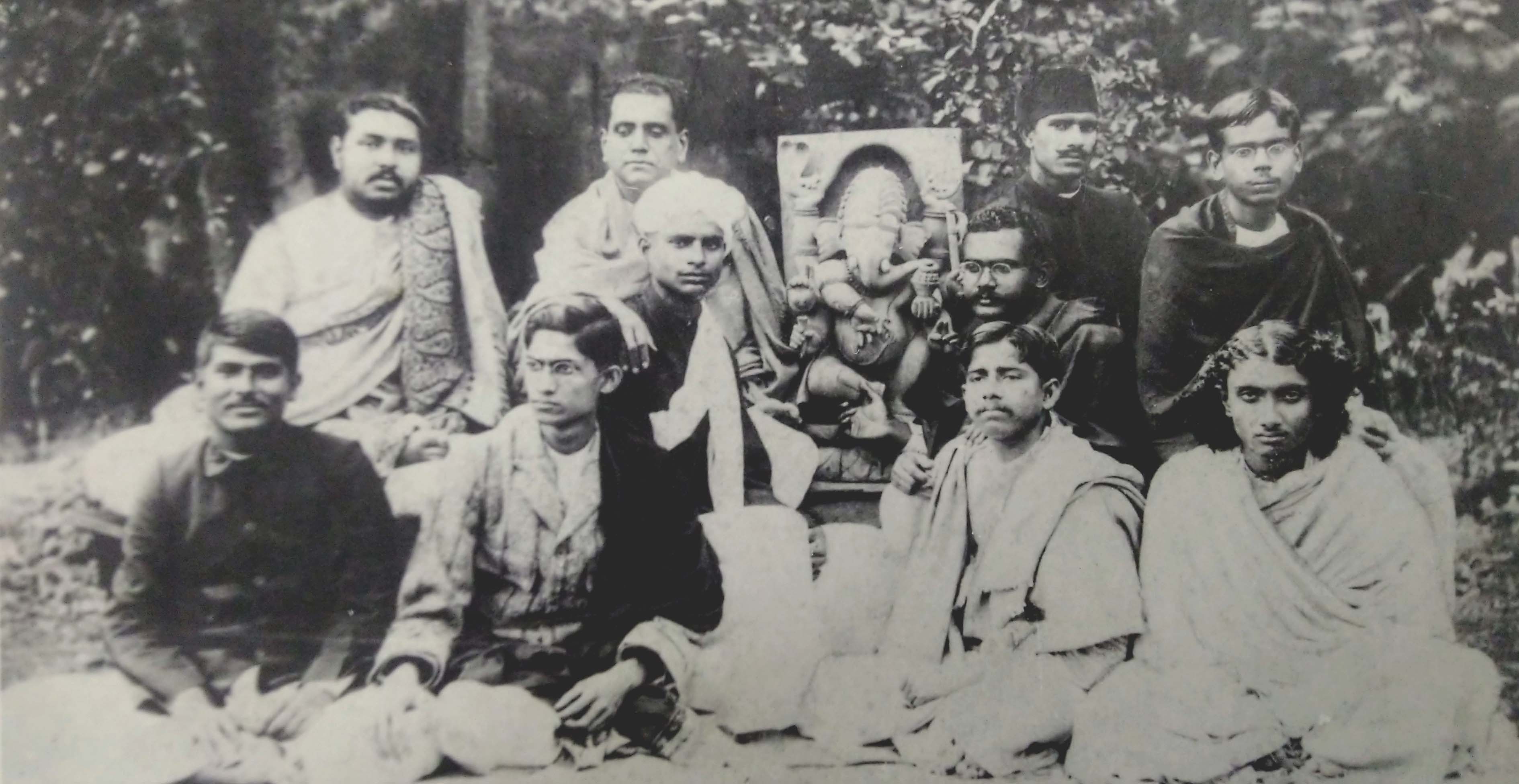
At Sister Nivedita’s behest, some of Abanindranath Tagore’s students such as Nandalal Bose, Asit Kumar Haldar, Samarendranath Gupta, as well as Syed Ahmad, Muhammad Fazl-ud-Din join Lady Herringham’s team of copyists of the Ajanta murals. The work continues for three years.
1911
Lady Herringham’s copies of Ajanta paintings are displayed at an exhibition at the Crystal Palace, London in June.
1913
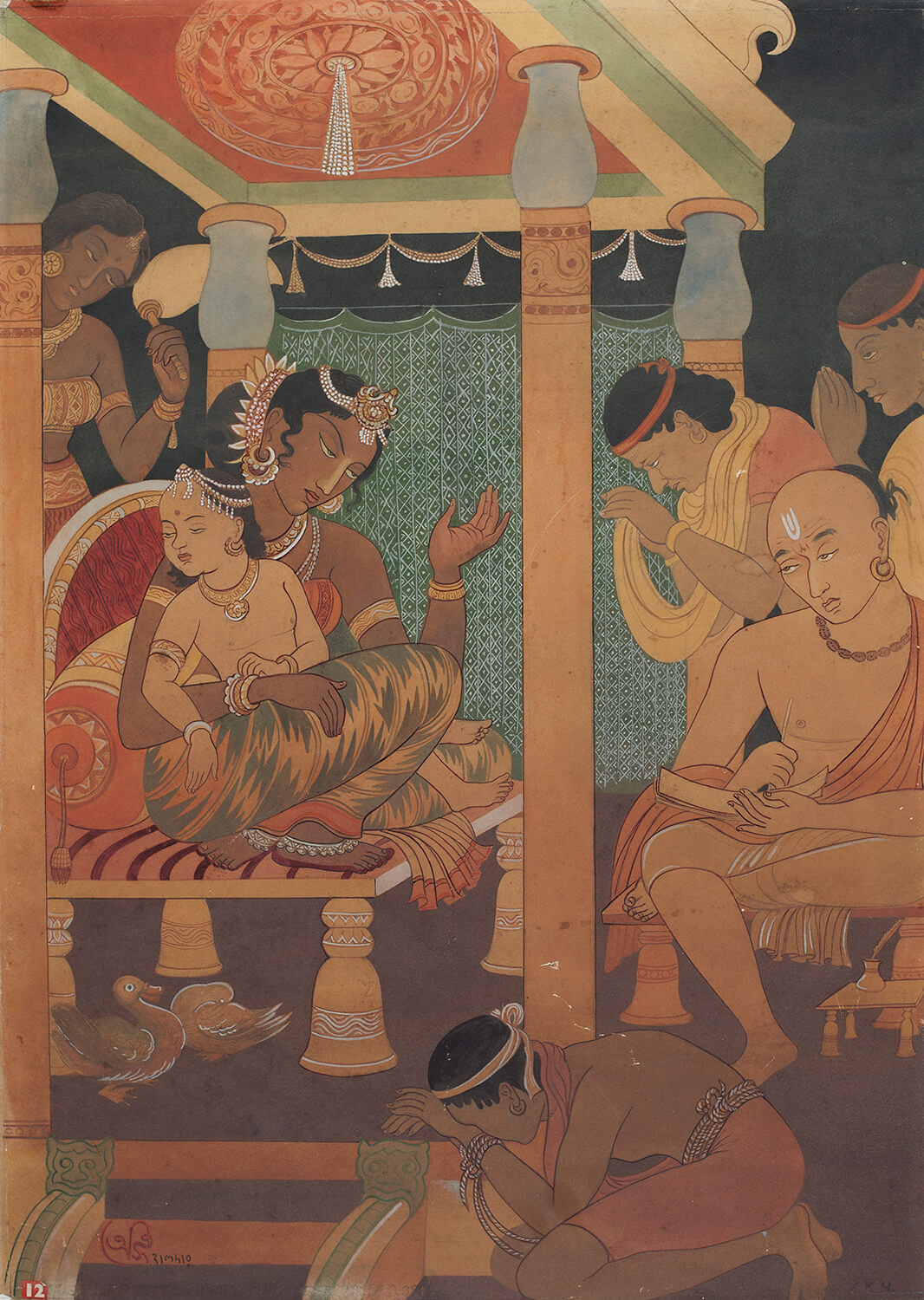
Asit Kumar Haldar, who visited Ajanta twice as a part of Lady Herringham’s team, publishes his book Ajanta.
1915
Lady Herringham publishes her book Ajanta Frescoes
1916-1918
Japanese artist, Arai Kampo, who was invited to India by Rabindranath Tagore, makes tracings of Ajanta murals on fine Japanese paper. He sends his copies to the Tokyo Imperial University.
1919
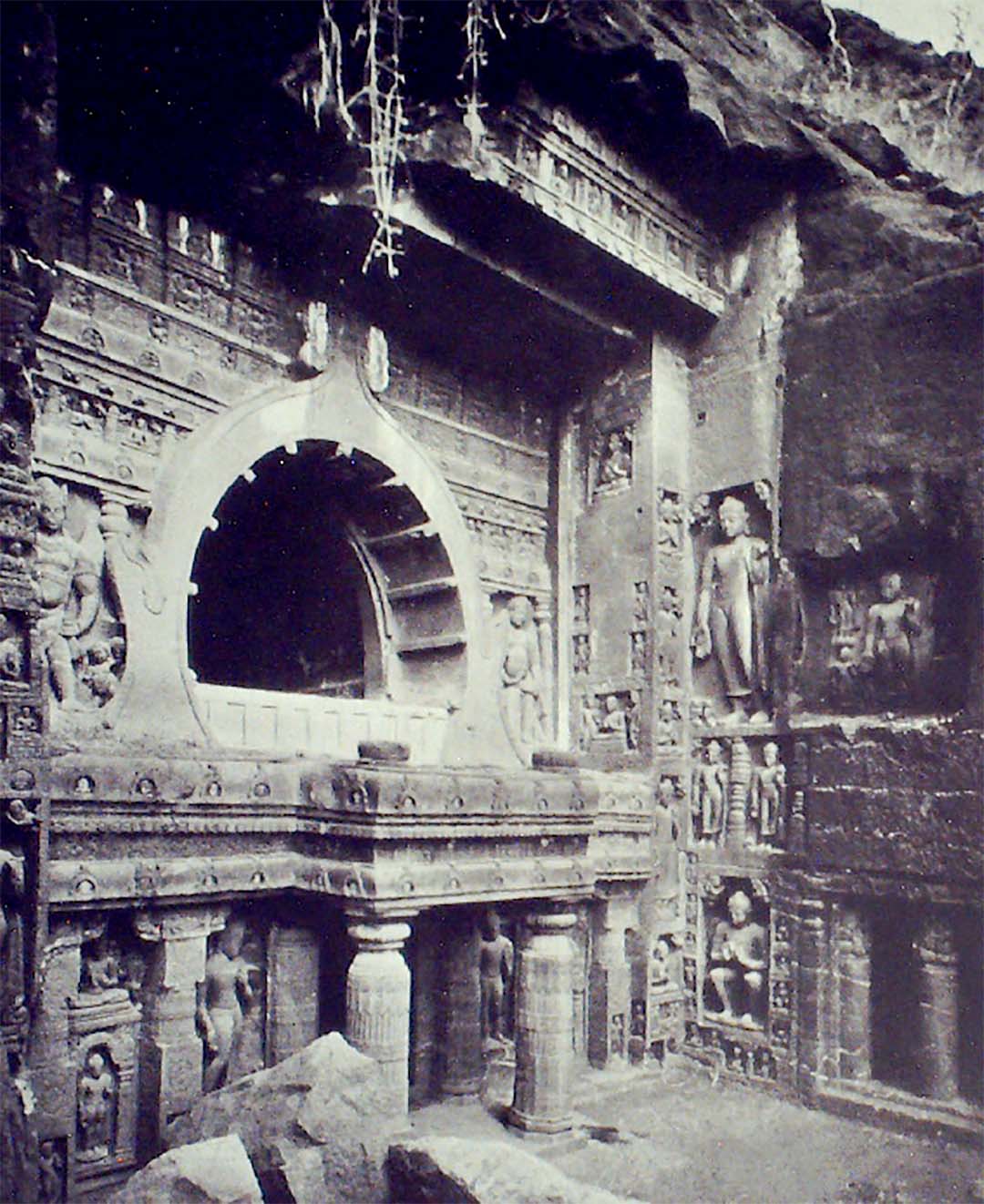
Artist Mukul Dey begins to make copies of Ajanta paintings which takes him nine months. He lives in one of the caves during this time.
1920
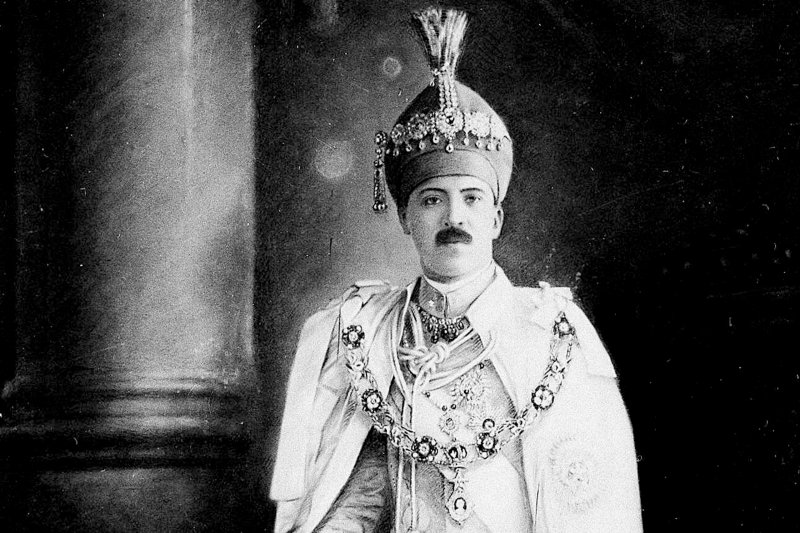
Mir Osman Ali Khan, the last Nizam of Hyderabad, initiates restoration of murals, converts the site into a museum and builds a road to allow tourist access to Ajanta.
E.L. Vassey photographs the murals in colour at the behest of the Nizam of Hyderabad and the Oxford University Press.
1924

Mukul Dey’s first solo exhibition in London consisting of his original work as well as copies of frescos at Ajanta and Bagh.
1936
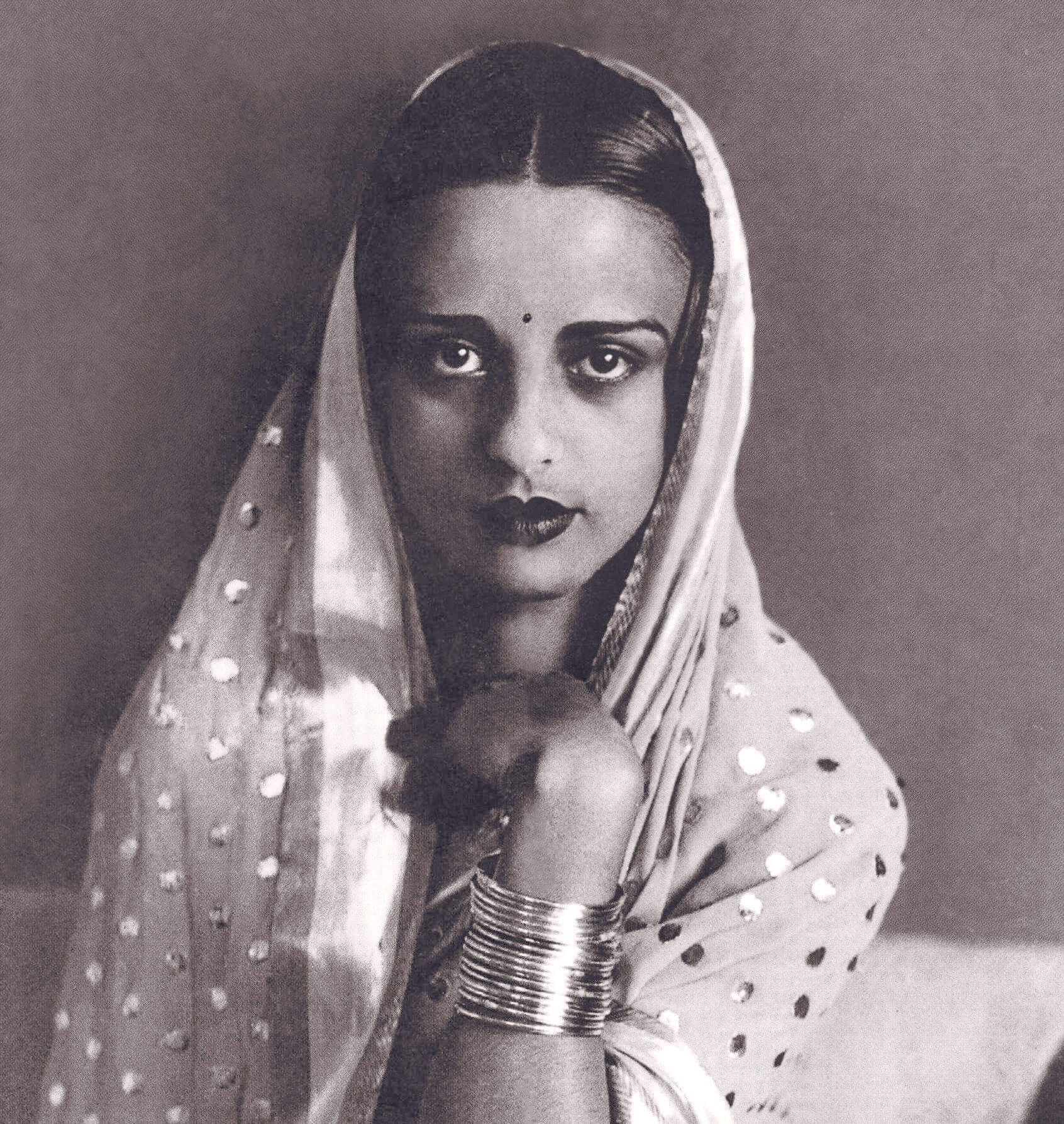
Hungarian-Indian painter Amrita Sher-Gil embarks on a tour of India and also visits Ajanta. She draws inspiration from the colour palette and the depiction of human figures.
1957 - 63
Ganesh Haloi joins the Archaeological Survey of India as a resident artist documenting the cave paintings of Ajanta.
1983

The caves become a UNESCO World Heritage Site and are considered one of the most valuable heritage sites of Ancient India.
1999
Rajdeo Singh, the ASI chief of conservation and head of science at Aurangabad, makes effort to save the murals by utilizing infrared light, micro-emulsion and sophisticated Japanese conservation technology.
2021
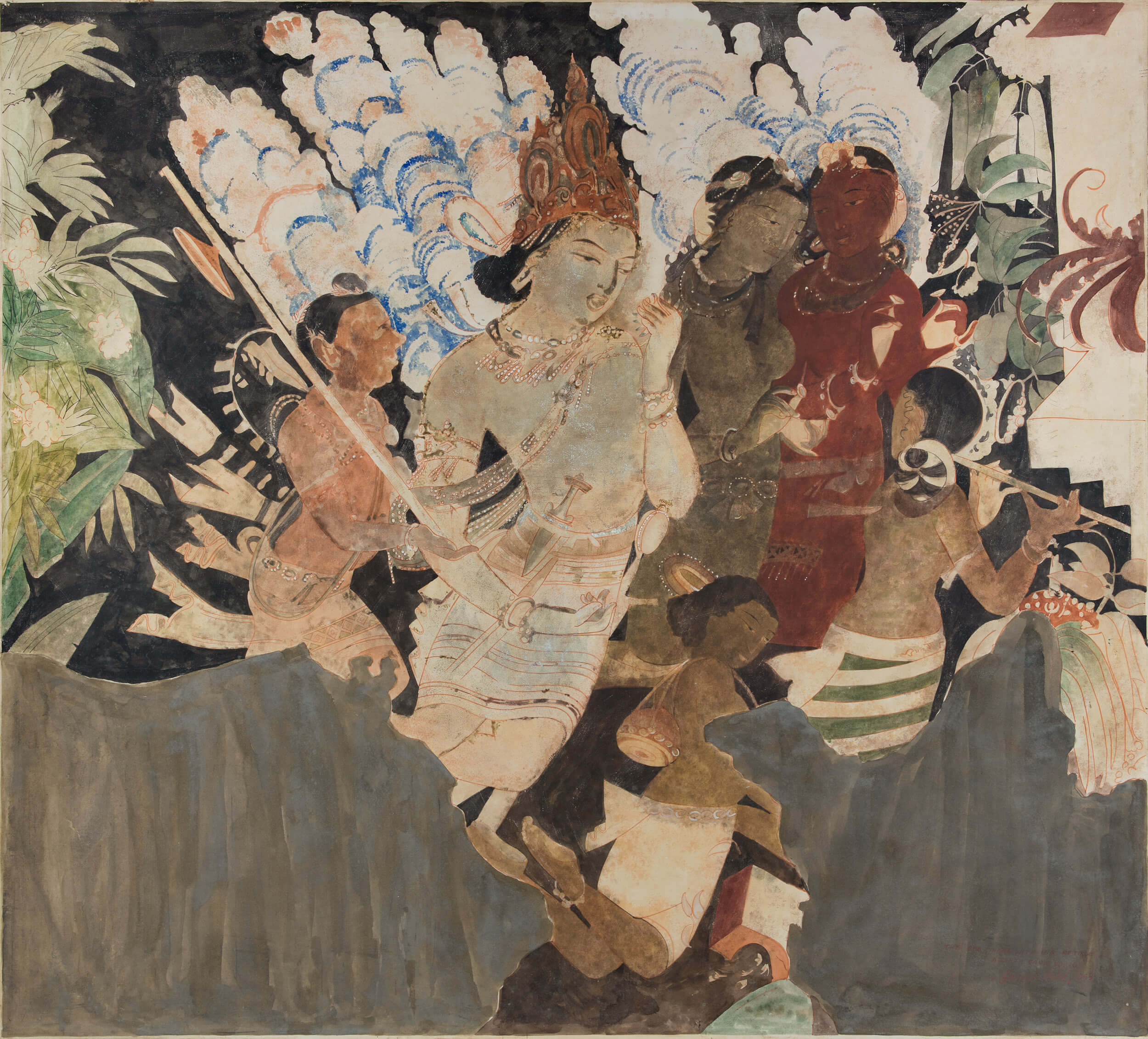
Ganesh Haloi's exquisite reproductions on paper become a part of the Ajanta collection of the National Museum, Delhi. It consists of two large hard-bound scrapbooks of his drawings and photographs of the surrounding villages and caves accompanied by his own text with elaborate captions and footnotes. It is a seminal work that provides fresh insights into the murals, the earliest of which dates back to the 2nd century BC.


